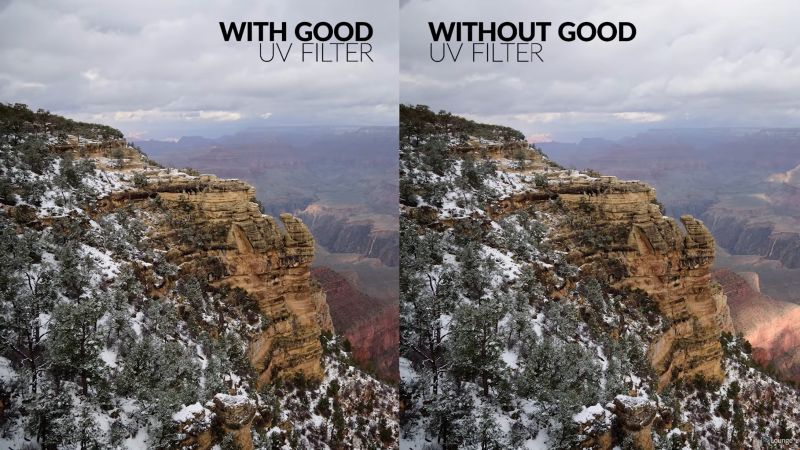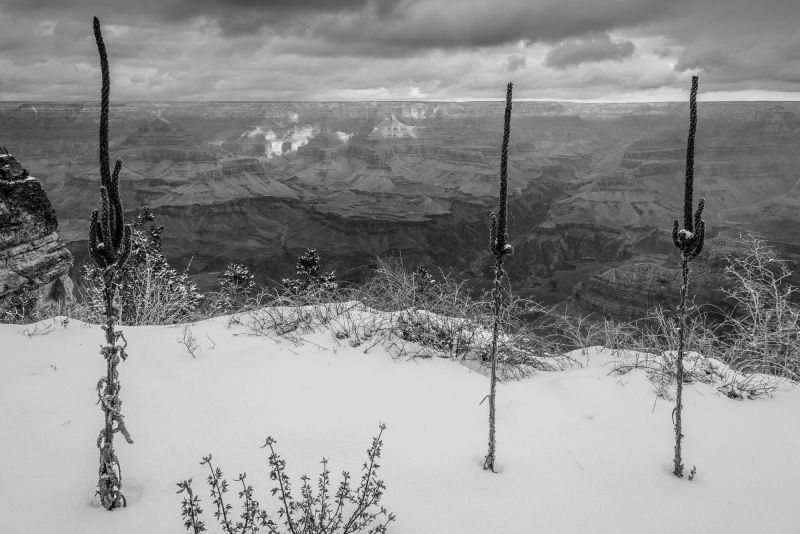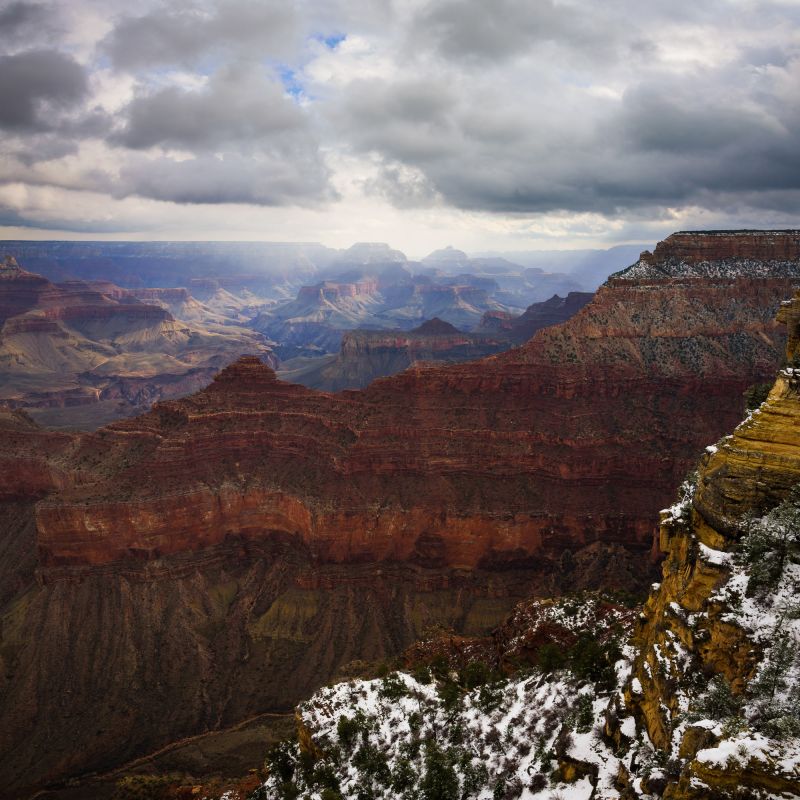
I’m excited to bring you another new series, in which we investigate some of the biggest myths and stereotypes that photographers have debated over the years. Not every bit of camera advice you hear on the internet is true! But, if we never test things for ourselves, we’ll never know. In this article, we’ll consider something I have heard photographers argue about for literally decades: the “UV filter myth”.
That is, do UV filters actually ruin image quality? Some elite photographers scoff at them and swear they’d never use a filter, as if it’s a sin to mount one on their “exotic glass”. But, is it really that bad? Do filters in general soften your images, ruin colors, or harm them in other ways? FInd out by watching the video below, and read on!
Also, if you have any suggestions for things you’ve always been curious about, please comment below!
Photo Myth-Busting: Do UV Filters Ruin Images?
Of course, a Youtube video is highly compressed and thus a bad way to inspect fine image detail. So, scroll down to see high-quality sample image crops.
What are UV Filters?
UV filters in photography are transparent filters that are attached to the front of a camera lens to block out ultraviolet (UV) light. The purpose of this is to reduce haze and improve the clarity of outdoor photographs.
Are UV Filters Necessary On Digital Sensors?
However, today, it is extremely important to note that today, digital sensors are not sensitive to UV light in the same way that various types of film were/are. Thus, is a UV filter even necessary for your digital camera? Not really, but there are a few caveats. For one, some UV filters are coated with multi-layer anti-reflective coatings to minimize flare/glare and enhance the contrast in photos. Other filters may add a warm hue, or other effects. So, we recommend researching your overall needs besides reflecting just UV light.
Mostly, though, UV filters are used today for simply protecting the camera lens from scratches, dust, and other types of physical damage. So, while photographers may debate whether this-or-that filter adds lens flare or removes it, nobody can deny that a giant scratch on your lens front element is the least-desirable situation of all.
What are UV Haze Filters?
UV Haze Filters are designed to correct for both UV effects, and general haze. (Smog? Air pollution?) Canon claims that their Canon 77mm UV Haze filter absorbs 71% of UV rays, but remember, UV light isn’t a big problem today with digital sensors. So, how much “enhancement” does the filter actually offer?
Honestly, the difference in the pictures may not blow you away, but, UV haze filters will still boost contrast a little bit and help to eliminate some, not all, haze. If you photograph very distant subjects a lot in an area where there haze is common, it’s worth a try.
Why Use UV Filters?

Simply put, UV filters (and UV haze filters) are relatively cheap, and repairing the front element of your lens can cost many hundreds of dollars, or even $1,000+. So, if you’re the type of photographer who finds yourself diving into the bushes or scrambling over rocks to get a photo, we strongly recommend owning a filter, and using it at least when you’re doing such activities.
We have heard many stories of photographers dropping their $1000+ lens, and having it be saved by a “cheap” filter that took the brunt of the impact. Not bad for a $20-40 accessory!
Sample Images With And Without A UV Filter

Honestly, without zooming in, you’re just not going to see a difference in image quality in most photography conditions. You may notice a faint improvement in contrast and color vibrance when photographing distant subjects, and that’s about it. Unless, of course, you’re working in truly harsh lighting, where there’s direct sun or something shining right into your lens, which we’ll get to next. First, let’s zoom in on the above image:
 100% Crop – With UV Filter
100% Crop – With UV Filter
 100% Crop – Without UV Filter
100% Crop – Without UV Filter
Yeah, I couldn’t see a difference either. I re-shot this test scene a dozen times, by the way. Here are a couple of other samples, with a different lens and the worst possible cheap UV filter I could find: (A Sunpak standard, un-coated UV filter)


If you stare at the images for a few minutes or layer them in Photoshop and go back and forth incessantly, you might be able to detect a faint difference in the fine detail in shadowy areas. But, I think my eyes are just playing games with me at this point, I’ve inspected the images for so long.
By the way, do you want to know how you CAN see a difference? Well, here is what that same image looks like when you put oily finger smudges all over a filter:
LENS FLARE WHEN USING UV FILTERS
While it’s good to know that a decent UV filter won’t soften your images or alter colors, (like a 5-10-stop ND filter often does) there is unfortunately one thing to watch out for in certain conditions: Flare.
In our testing, even with all kinds of high-tech coatings, a filter would still add at least one or two of those annoying flare “dots”.
It’s worth noting, though, that whenever serious flare was a problem in our tests, as you can clearly see above, it was already very present in our images. The light in general is terrible, so, the use of a filter only made it worse.
If you capture a lot of pictures with the sun or other bright lights within your image frame, I wouldn’t recommend leaving a filter on all the time. Own one, sure, but only use it when necessary for physical protection.

Incidentally, there is something very important to remember about those pesky flare dots: They’re not just a problem on sunny afternoons, they’re also a major issue in low light or with any sort of man-made light, especially with certain fast primes.
If you’re not careful, you could end up with weird dots in your images even with the best types of UV filters. (The above image was captured on the old DSLR-era Nikon 85mm f/1.8 D, using a high-quality B+W MRC filter.) Again, however, it’s worth noting that many times the flare is already faintly present even without the filter.
What Is The Best Way To Protect Your Lenses?
When it comes to protecting your lenses while shooting in the field, there are three options available to you: your lens caps, your lens hood, and a UV or clear protective filter.
My recommendation? You should be willing to utilize all three options as necessary. Don’t dismiss a UV filter as a protective option, should you find yourself visiting sand dunes some day, or photographing beach sports, or just jumping into the bushes for a close-up photo of a bug or other animal.
If you can’t use a filter because you frequently work in harsh light, however, then just keep your lens hood on at all times, and use your lens cap in between shoots.

When I’m using my lens pouch belt system and Spider Holster, I’ll even leave my lens caps in my rolling case. I need to be able to swap lenses rapidly and frequently. However if I find myself in a dusty, sandy, or wet situation, I grab a UV filter.
Verdict
Don’t listen to the “trash talk” that some elite photographers dish out about filters ruining images. UV filters are a useful tool that every photographer ought to own, especially those who shoot in conditions that could ruin a lens’ front element, or require costly service.

Even if you don’t always shoot in bad weather, make sure that you at least invest in a half-decent UV filter or two. It will come in handy on your next photo shoot, or at least on a trip to the beach or the desert.
We tested a Hoya EVO antistatic UV filter, as well as a Breakthrough X-1 standard UV filter. We have also used innumerable other filters, from B+W to Sunpak. Some of them are worse when faced with extreme flare conditions, but all of them have little to no effect on things like sharpness or color vibrance.
Avoid cheap no-name filters though, the ones that often come with a kit that you might buy on eBay. Those might in fact affect your images’ colors or fine detail, depending on how junky they are. Then again, just one finger smudge, whether on your filter or your lens’ front element, will usually have a much bigger effect on image detail and contrast.
Thanks for tuning in! Hopefully, this investigative article will help you make the right decisions for the types of photography you enjoy shooting, and create better quality images while protecting your gear as well.
Again, we would love to hear your requests for future “Myth Busting” experiments! If you’ve always been curious about a certain stereotype in photography, let us know and we’ll investigate it.
Take care and happy clicking,
=Matt=
Matthew Saville
Follow his wilderness nightscape adventures on Instagram: instagram.com/astrolandscapes






Get Connected!